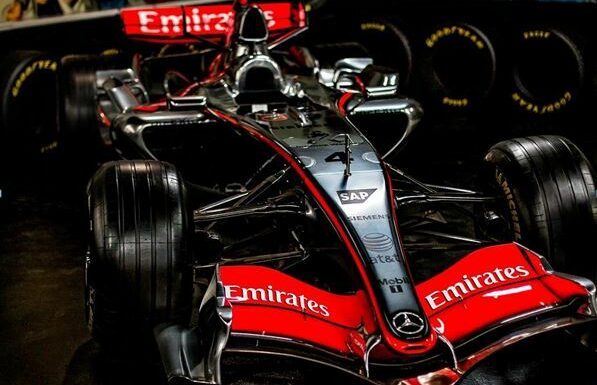F1 sporting rule changes 2018

Post the F1 rules revolution in the year 2017, spectators saw Formula One cars becoming wider and faster. Although the changes introduced in the 2018 season are relatively fewer in number, it doesn’t imply, they aren’t as important.
Just like every year, these changes are expected to have a huge impact on the F1 betting markets too. Redbet’s sportsbook shows that if you stay on top of all such developments and constantly improve your F1 knowledge, you stand a very good chance to make handsome profits from Formula One betting.
Let’s now acquaint you with some of the sporting rule changes that have been introduced this year.
Maximum of 3 engines per season
In an effort to improve the reliability of the F1 power units, and reduce the costs, each driver will have to make do with no more than 3 engines in the season. This hasn’t gone down well with many F1 drivers as that’s one engine down from last year. However, with regard to components like MGU-K, Energy Store and Control Electronics, teams would have only 2 at their disposal.
Although the exact impact of this change is yet to be seen, teams would obviously have more difficulty in finding the right balance between durability and performance. Get too aggressive and you risk grid penalties and expensive failures, take a conservative approach and you’d lag behind others.
If you recall, a new engine formula to be implemented from 2021 onwards was also announced some time ago.
Grid penalties made simple
2018 would automatically have more penalties because of one less engine per F1 driver. However, there will be far more clarity with regard to the impact of those penalties on the starting order. As per the earlier system, drivers could invite multiple grid drops by changing various power unit elements, often even more than the number of cars in the event.
From now on, any driver who gets a grid penalty of 15 or more places, would need to start from the back. If there are 2 or more drivers in the fray, they’d be arranged at the end in the same order in which they had altered the elements. It means less confusion for the F1 fans, and less headache for the people who decide the grid.
Possible standing starts post the red flags
In 2017 F1 introduced some rules enabling standing starts in cases where the race had to start in adverse conditions, behind the safety car. Although the procedure hasn’t been used in a racing situation this year as yet, another restart rule has been introduced, giving race control the option to send any driver back to the starting grid after the red flag stoppages, instead of starting again behind the safety car.

On the other hand, F1 race director Charlie Whiting has denied that FIA might reconsider safety car deployments.
Wider range of tyres
Just like 2017, Pirelli, the official tyre suppliers of F1, will produce 3 dry-weather compounds for the teams in every Grand Prix. But in 2018, those 3 will be picked from a wider range of compounds, including the orange-marked superhard at one end and the pink-marked hyper-soft at the other.
It implies that unlike 2017 when there were 5 slick tyre compounds, there’ll be 7 this year, all being a step softer, thus making them the fastest-ever tyres produced in the Formula One racing. The initial reports suggest that cars would be faster at least by a second per lap.
✅ Check out more posts with related topics:












